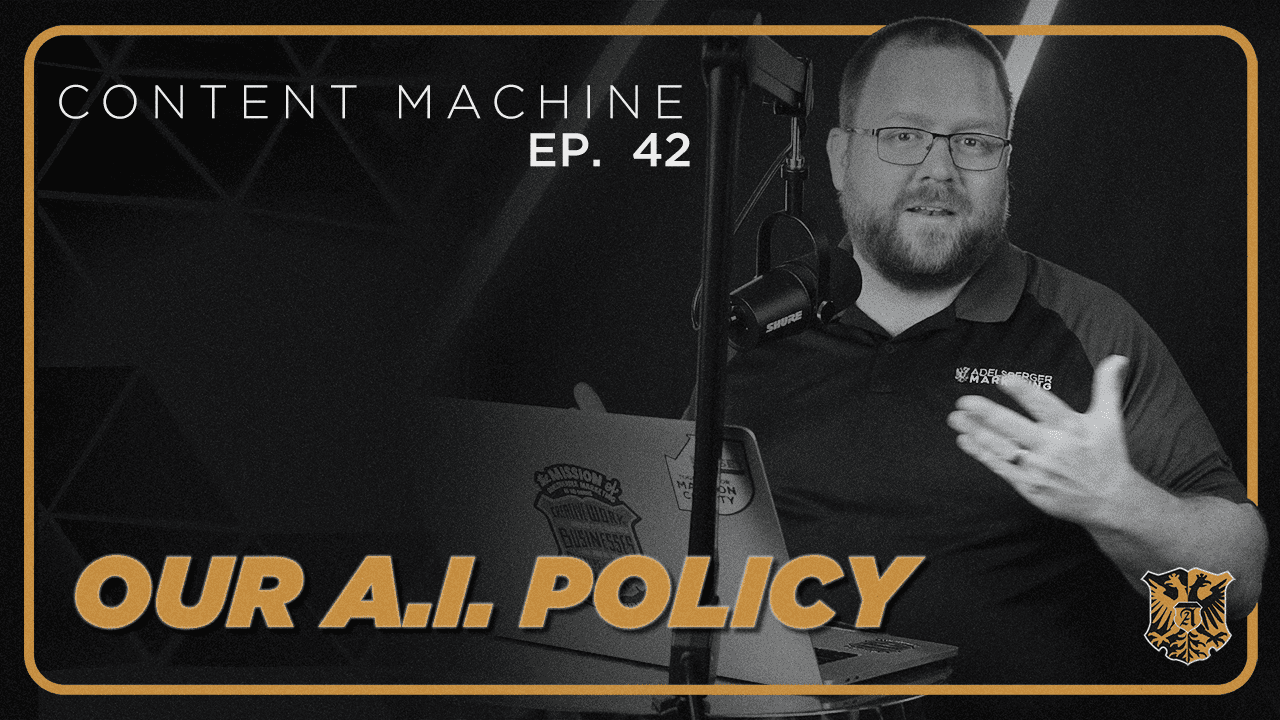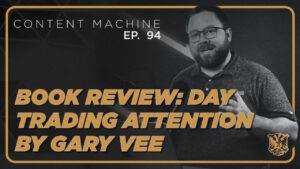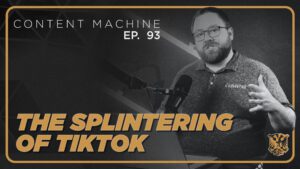
We have all heard so much about how AI is going to change our world. And most of that really started to kick up in late 2022. Now, fortunately, I was at a marketing, artificial intelligence conference in summer of 2019 that helped me start framing my thoughts on the issue. In marketing, AI is going to be a game-changer. It already is in some ways, and in some ways that we can’t even fully appreciate. And while we are testing it and using it where we can, I felt it was important to implement an AI policy at the company to make sure that we had some guidelines on how to use it well. As more and more workplaces grapple with the effects of AI, I wanted to share our guidelines to potentially help your company think through it too. The first thing is that we, for one, welcome our robot overlords. We know that AI is going to change things, and we want to be inquisitive and use what we can to improve our work while maintaining safeguards from some of the unclear liabilities of the technology. And we have two main unclear liabilities that I’m concerned about.
One, where is our information going and who will have access to it? We are cautious about what AI tools we are using and what information we are feeding it. We are careful to make sure that we are not exposing secret information or trade information to AI bots. Frankly, we do not know who or what might be reading that data and what it might be used for in the long run. Number two, copyright for images and text is still up in the air. Any image generated by AI is generated from other images. The courts still have to deal with who owns what, and we would not want to put our clients in a bad position by creating a liability for them by using an AI-generated image that could end up in a lawsuit. Until there is more clarity on this, we will continue to be cautious. So with those two things covered, here are our 11 rules that we are using as an agency. One, we may use AI to generate ideas and inspiration. Ai is going to be able to help us look for new angles and ideas that we might not have easily thought of.
This is one of its most promising uses as a tool. Recently, I used AI to help find different DIY ideas for a home services industry client. I use those concepts then to write ads for our customers. Number two, we may use AI to generate text. We are willing to use AI to help write portions of content, but as you’ll see later, this is not the last step for anything. This is a starting block. Number three, we may use AI to edit, rewrite, reframe, or otherwise modify text we write. Ai can help us with the tone and examination of a topic that we may need help with. Number four, we may use AI to generate editable images. We are willing to use AI to help us edit our images and improve them. A staff member used AI to remove power lines from a photo recently. Number five, we will fact check any AI text because we know that AI is not perfect and any resources it helps with need to be fact checked. Number six, all AI generated content will be edited and refined by a writer. Nothing generated from AI is completed until it has been edited and refined by a human.
Number seven, the person who uses AI to generate text is responsible for its accuracy and fact-checking. This one is pretty self-explanatory, and it goes back to our core value of responsibility. Number eight, we will not submit or publish AI-generated content straight from the source. This rule spells out some of the previous rules. Number nine, AI does not replace the role of a subject matter expert, editor, or creative in the process of creating content. We value human creativity and seek to use AI as a tool for inspiration. Number 10, we will not use AI tools to generate anything based on the work of artists or creatives that they created that they have not been adequately compensated for. This one is tricky and it limits our use of many tools, but this one is going to be really key to the court’s determination of things moving forward. And 11, we will not use AI to generate deep fakes for content. I think deep fakes are going to be a social problem, and with a lot of our work is in video. It could be tempting to employ these, but we are going to avoid these for good or ill for our business.
These rules are not perfect and they will continue to change, edit as we go, but it gives us a start. I also want to give a shout out to Banker Creative that shared their list in the Agency Builders group that was an inspiration for much of this list. If you have any insight on rules that are governing your business with artificial intelligence, please send us a DM or shoot me an email at kevin@adelsbergermarketing.com. Thank you for listening to the Content Machine Podcast. And if you found it helpful, please send it to a friend. And unless the robots take over before next time, we’ll see you on the next episode.





